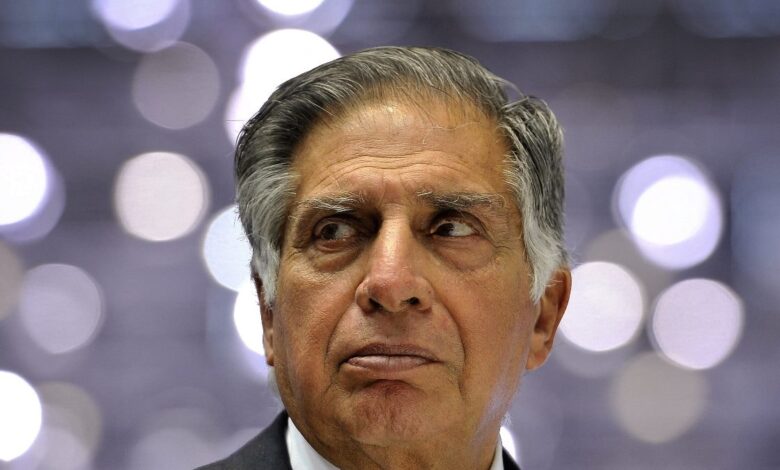Niira Radia Reveals Why Ratan Tata Wanted To Build Nano And Why He Chose West Bengal

Ratan Tata passed away at the age of 86 on October 9. (Photo Credits: PTI)
Niira Radia shared insights into some of the Tata Group’s most significant milestones during her tenure.
Ratan Tata’s vision for the Nano car was born out of a simple yet profound desire: to keep common people dry in the rain, says Niira Radia, his former public relations head.
In her first media interview in over 12 years, Niira Radia opened up about her experiences working with the late industrialist and philanthropist who died on October 9. Speaking to NDTV, Radia shared insights into some of the Tata Group’s most significant milestones during her tenure. She recounted major moments, including the launch of Tata Motors’ hatchback Indica, the acquisition of steel giant Corus, the purchase of Jaguar Land Rover from Ford and the Tata Nano.
She painted a vivid picture of Ratan Tata as a visionary leader who was deeply committed to India’s growth. “He was a dreamer and a visionary. India was his national pride. He loved his country, the people. He’d say it was so important to globalise. ‘The only reason why I need to go global is to bring technology to India and upgrade our own companies to make better platforms’,” Radia recalled.
The concept of the Nano car, which was intended as a vehicle for the masses, was rooted in Ratan Tata’s desire to provide affordable transportation. Niira Radia explained, “He wanted something for the common person. He wanted a person on a bike to not get wet in the rain… A newspaper had said Ratan Tata wanted a Rs 1 lakh car. But we had never given a number.”
Niira Radia also shed light on Ratan Tata’s decision to establish the Nano manufacturing plant in Singur, West Bengal. “He announced Singur. It really surprised me because we were not told about the location earlier. It was natural for him. Why shouldn’t it be Singur? He was for development, not to play politics,” she said.
At the time of the Nano plant’s controversy in Bengal, Radia noted that the Tata Group was also engaged in significant negotiations for the Corus deal. “They were in Bengal in the midst of two critical decisions – a bid was going on for Corus, and there was trouble on the ground in Singur,” she stated. Niira Radia highlighted Tata’s ambition to industrialise the state. “Why should the Rs 1-lakh car not be built in Bengal? His dream was to industrialise the state,” she said.
“Of course he was criticised too. But the man had a dream, he had a vision. Those were more important,” Radia said. “He was disappointed” that the Nano didn’t achieve the success he had hoped for, she said.
Reflecting on the eventual relocation of the Nano project to Sanand, Gujarat, she mentioned, “When he went to Bengal, he felt it needed to be industrialised. He wanted to create jobs.”
The challenges faced in Singur were not solely about the Nano or Ratan Tata, according to Radia. “The fight was a political fight. Singur was the constituency of a leader of the then ruling party… We visited many other states to look for a site… We went to Gujarat as it was a bit more industrialised and moving towards development,” she explained.
Throughout her career, Niira Radia was a key figure in managing public relations for the Tata Group from 2000 to 2012, during a critical phase of brand consolidation. She remained a close friend and confidant to the industrialist.


